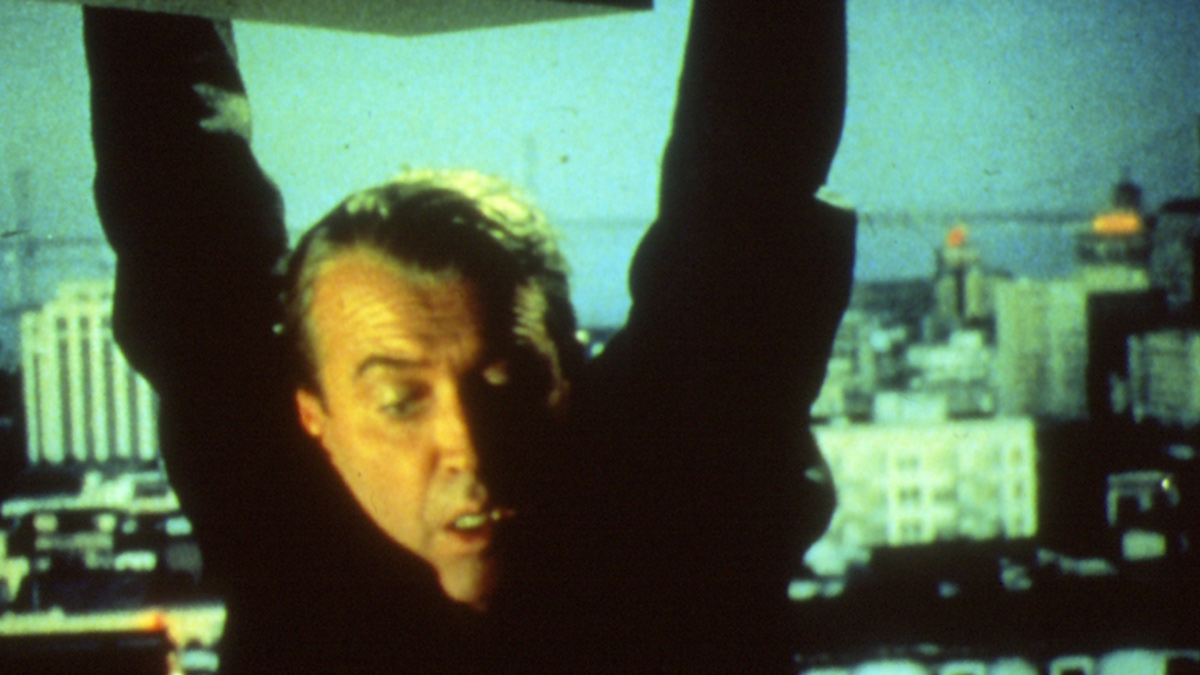
(c) Photofest / Getty Images
How was the legendary shot that symbolizes the title of Hitchcock's masterpiece ``Vertigo'' taken?
2019.10.14
Surprise “shift” that is different from the original
This movie is based on the mystery novel " From the Dead " written by a French author. When adapting this, Hitchcock reportedly added some twists to the story. I can't go into too much detail because it concerns the ending, but the original structure was for the suspense and surprise to reach their climax at the same time at the end, but he introduced a ``shift'' in the timing. In other words, the surprise is released early in the second half of the movie, and the truth is quickly revealed to the audience. In doing so, they created a unique situation in which ``only the main character, James Stewart, is ignorant of the facts.''
If you look into the textbook-like book `` Teihon Eigajutsu '' (Shobunsha), which is indispensable when watching Hitchcock movies, it says that at the time, everyone involved was against the adaptation of ``Zurashi.'' Apparently, everyone insisted that the woman's true identity would be revealed only at the end.

"Vertigo" (C) 1958 Alfred Hitchcock Productions, Inc. and Paramount Pictures Corporation. Renewed 1986 Universal Studios for Taylor and Patricia Hitchcock O'Connell as Co-Trustees. All Rights Reserved.
However, at this point, Hitchcock said, ``I put myself in the shoes of a small child sitting in my mother's lap listening to her story.'' Which structure will be able to sustain the child's interest enough to ask, ``Hey, Mom! What happened The Day After?'' After thinking about it again with an innocent mind, he felt that if he postponed this surprise until the end, the second half would be completely uninteresting.
Therefore, the truth is revealed to the audience as soon as possible, and instead the focus is narrowed down to the suspenseful question, ``What kind of shock will happen when the main character finds out?'' I thought that by doing so, the child in his mother's arms would be able to continue to be curious and ask, ``What happened The Day After that!?''
Without this decision, this work probably wouldn't have been rated as it is today. When in doubt, never try to escape into technique; rather, go down to the purest place, face your feelings, and simulate what is best. That's the Hitchcock way. As a result, even though the impact at the time of its release was not that great, the impact gradually permeated the film over time, slowly etching its presence in people's hearts and in the history of film. Noda.
How to express Vertigo visually? The secret behind the development of a revolutionary shot

